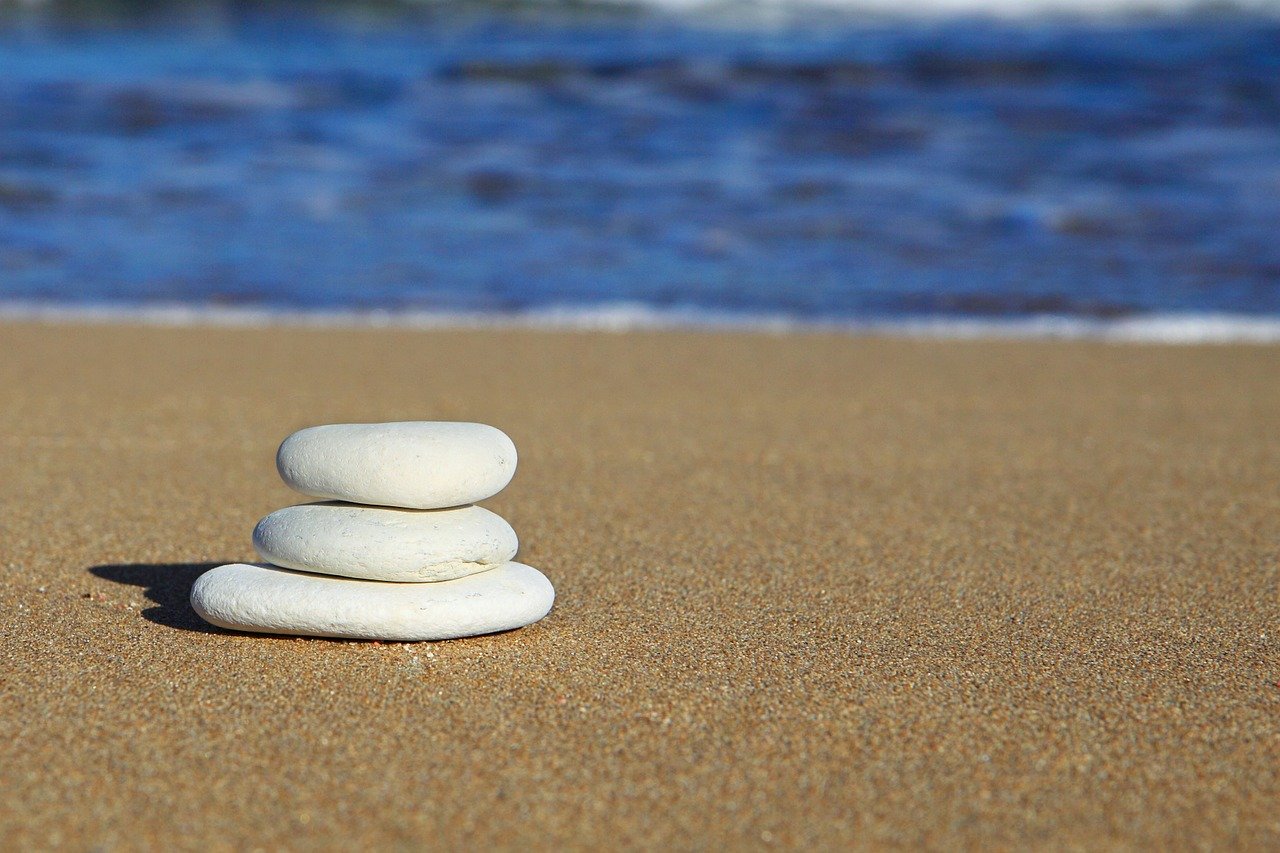I don’t know when I first learned about what scientists call the littoral zone of a coastline. Basically, that’s the space between the high water mark–which normally isn’t under water–and the parts that are always submerged. In other words, it’s the place where all the changes in water level occur. The space of big transitions.
For the last six months or so, since Mike had to stop working, I’ve felt like I was living in my own personal littoral zone. From one day to the next, there was no telling whether I’d find myself suddenly swimming in deep water or getting prepared for the changing tide. Some days were perfectly pleasant, a long walk on the beach collecting shells. Some days, I felt like I was drowning: this form, that phone call, another change of appointment, change of dosage, a new medication, a new symptom.
I say all of this with the understanding that I am not the person living with a progressively debilitating illness. I’m not the person taking medication that makes me nauseous several times a day, or living with the knowledge that I’ve lost some measure of control over my body. But the littoral zone is a scary place even when you’re walking it beside a partner. The tide is still coming in, and it doesn’t much care who or what it sweeps away.
Whenever a friend reminds me to give myself room for breaking down once in a while on this journey, I wonder what they imagine it looks like. Is it possible there’s a space of transition that doesn’t involve moments of chaos, anger, fear, denial? Are there people who always move from one thing to the next smoothly, without effort? Even water itself doesn’t move that way all the time.
When Mike first received his Parkinson’s diagnosis 18 months ago, we were resolved that it wasn’t going to change anything major about the way we lived. He started taking medication; he became more diligent about getting regular exercise. Other than that, nothing changed.
Until it did. Midway through last September, we had no choice but to face the fact that we were suddenly standing in ankle-deep water. That was not where we’d been just months before, at the start of the summer. It wasn’t even where we thought we were when the academic year began, in August. But in spite of our refusal to budge, the tide had come in on its own schedule. As it always does.
So Mike will retire from teaching–that’s one thing the tide has swept away for good. I’m still healthy, so I’ll keep working. We’re hopeful that’s the way our life will look for another ten years or so. Our doctors say that ten years is a good chunk of time for setting expectations and making plans. Beyond that, it’s hard to know what’s coming in with the tide.
But anyone who has spent any time in ankle-deep moving water knows that force isn’t something you can just ignore. We’re past the point where we think of ourselves as safe.
Now we measure the water level carefully. We spend a lot of time trying to figure out what the tide has brought in or taken away. We remind ourselves, on a regular basis, that the tide does both of these things.





No Comments